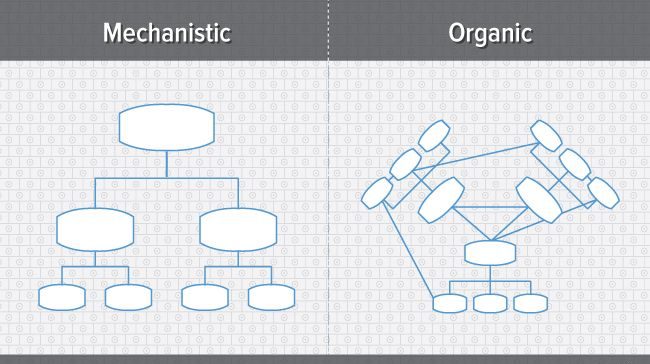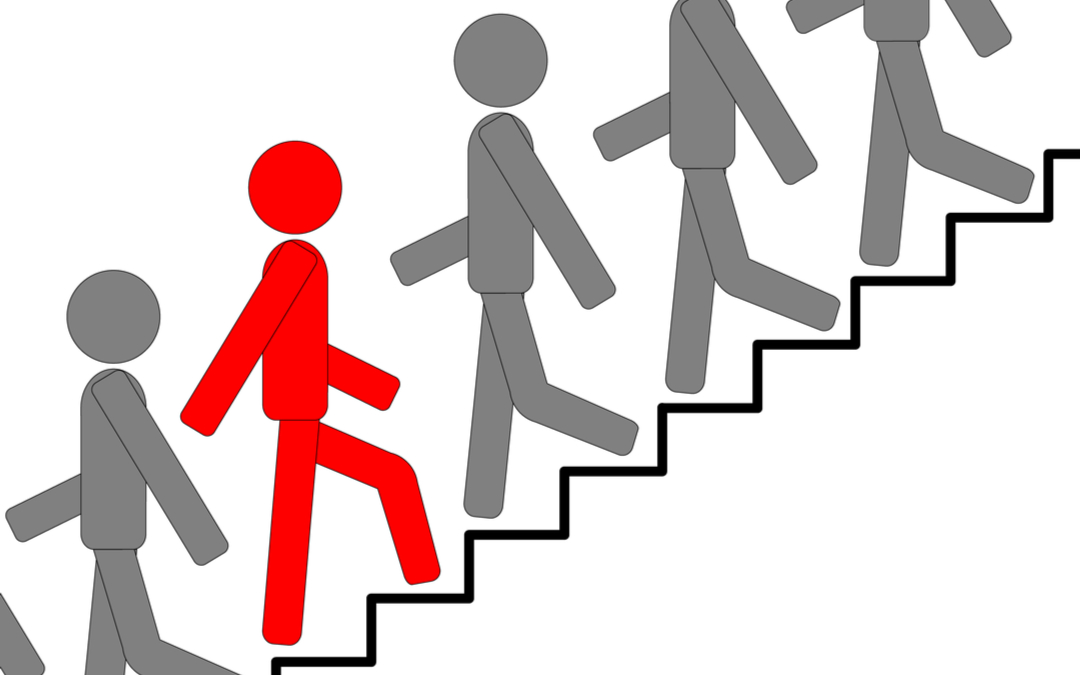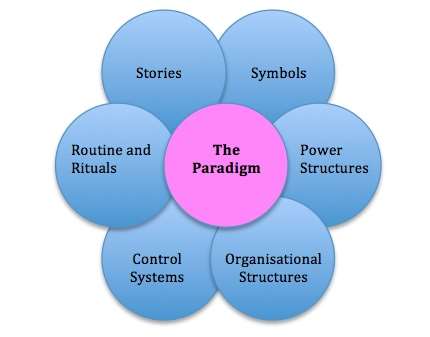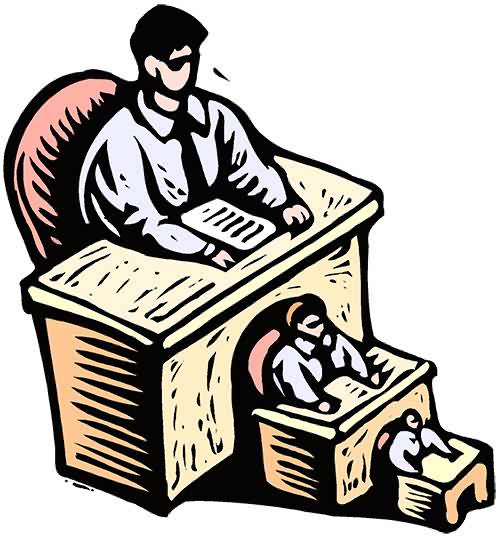The structure of any organization has a clear impact on both employee behavior and its performance. On the other hand, an organizational structure provides an overview about the hierarchy of levels, roles and responsibilities, authorities, communication channels, etc. It is of utmost importance to understand the definition of the organizational structure since it affects both employee behavior and organizational performance. Organizational structure is understood as a method consisting of responsibilities and power allocated amongst members and how work procedures are carried out among them. It also includes the layers of hierarchy, centralization of authority, and horizontal integration. However, an organizational structure is a multi-dimensional construct which illustrates the division of work (roles or responsibilities including specification), departmentalization, centralization, complexity, communication or coordination mechanisms including standardization, formalization and flexibility.… Read the rest
Management Principles
Five Sources of Power Used by a Leader
A leader is a person who can influence the behavior of others without using force. Leadership also means that the process of influencing a group to achieve goals. There are three main types of leadership style, they are autocratic, democratic and laissez faire. Besides the three main types of leadership styles, there are also five sources of power that used by a leader, they are coercive, reward, legitimate, expert and referent.
First, the autocratic style of leadership, it is also called the leader centered style. This type of style described a leader who tended to centralize authority, make unilateral decisions and limit employee participation.… Read the rest
The Cultural Web – Johnson and Scholes’s Model of Organizational Culture
Organizational culture can be simply identified as the own unique personality that the respective organization practices. The group of people who works for the organization shares a system of Assumptions, Beliefs, and Values which governs them both individually and with the organizational needs.
The cultural web model developed by Johnson and Scholes in 1993 is an important one, in which six dimensions of the organization culture are defined.
The corporate culture consists of six major components, as structure, power structure, symbols, stories, rituals and control systems. They provide clear guidelines for the employees, about how things are performed within the organizational context; providing influences for the better change management.… Read the rest
Guidance in Management
Guidance in management can be defined as: – “The act or process of guiding” or “The one who shows the way by leading, directing, or advising. “ or “The one who serves as a model for others, as in a course of conduct.”
Good manager guide their employees to continually learn new skills and work toward organizational goals, while being sensitive to their needs. This kind of guidance gives employees a vested interest in their organization, which will affect the quality of their work. The good manager is a leader, not an order giver.
When a manager tells an employee what he want done, instead of giving an order, the manager give their employees the freedom to come up with their best way of getting that task done.… Read the rest
The Impact of Bureaucratic Structure in Organizations
A bureaucracy is a form of organisation based on logic, order, and the legitimate use of formal authority. Bureaucracies are meant to be orderly, fair, and highly efficient. Max Weber, a German theorist, was the first person to introduce many of the concepts of bureaucracy. During the 18th and 19th century period many employees worked only for themselves and in a workplace environment that was primarily focused on getting the job done in whichever way possible unconcerned with efficiency. Weber’s idea was to use regulation by rules, policies, supervision, reward systems and other mechanisms to make sure that the behavior and standards of the employees are always met and making the contemporary workplace more organized.… Read the rest
Delegation – The future of People Management
Many managers or team leaders feel quite threatened by the whole concept of delegation — after all they may have taken some time to reach their current position, so why should they start to give their much coveted job away?
Benefits of effective DelegationBenefits to the organization:
- Optimum use of staff resources
- Tasks performed at the cheapest rate consistent with quality
- Wider ownership of company mission and objectives
- Reduce vulnerability to unexpected absences
Benefits to the manager:
- Free time for more vital tasks
- Develops staff for wider role
- Increased staff motivation
- Spreads the ownership of achieving departmental objectives
Benefits to the individual:
- Develops increased skills or knowledge
- Motivation
- Shows wider view of the company
- Builds trust and confidence
Trying to decide what to delegate is made easier if we first of all decide which tasks should not be delegated.… Read the rest




